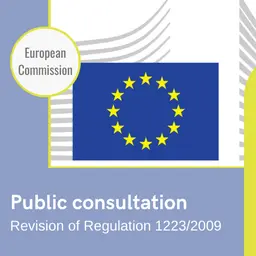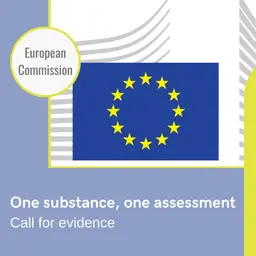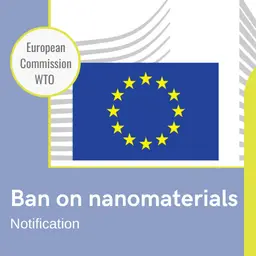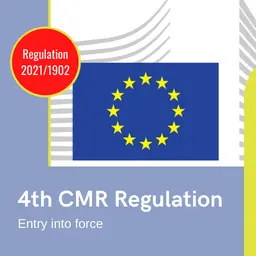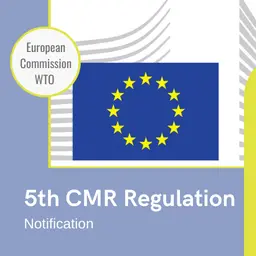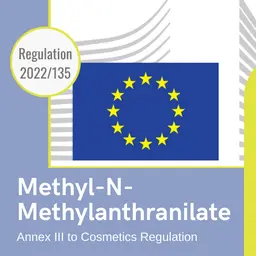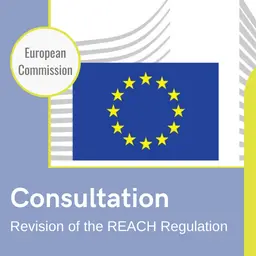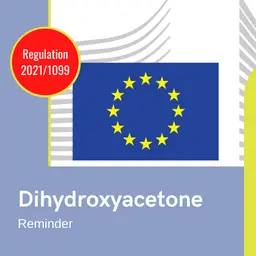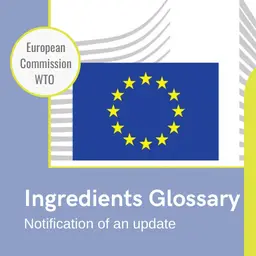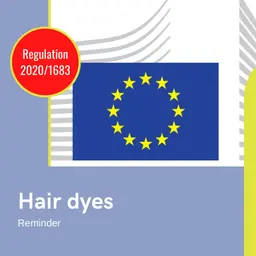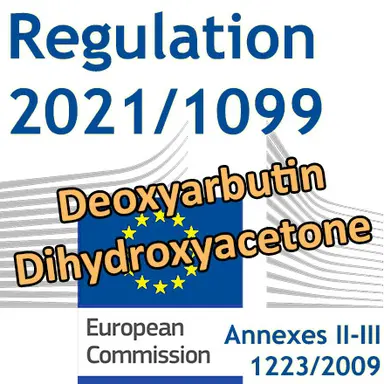
Regulation 2021/1099 of July 5, 2021, published in the Official Journal of the European Union on July 6, amends Annexes II (prohibited substances) and III (restricted substances) of Cosmetics Regulation 1223/2009. It prohibits the use of Deoxyarbutin, with immediate application (20 days after publication of the text) and provides concentration limitations for Dihydroxyacetone, to be respected by 2022.
NOTE
• A corrigendum, dated 14 October 2021, has been made to this Regulation to change the entry number 321 in Annex III to 322.
The “Whereas” of Regulation 2021/1099
The substance 4-[(tetrahydro-2H-pyran-2-yl)oxy]phenol (common name: deoxyarbutin, INCI name: Tetrahydropyranyloxy Phenol), currently not regulated in Regulation (EC) No.1223/2009, results in the release of 1,4-Dihydroxybenzene (INCI name: Hydroquinone). Hydroquinone is included among the substances prohibited for use in cosmetic products, listed under entry 1339 of Annex II to Regulation (EC) No.1223/2009, with the exception of entry 14 of Annex III to that Regulation.
The use of deoxyarbutin in cosmetic products was assessed by the Scientific Committee on Consumer Safety (SCCS). In its opinion adopted on 25 June 2015, the SCCS concluded that due to safety concerns raised with regard to the life-cycle of products containing that substance, the use of deoxyarbutin up to 3 % in face creams cannot be considered as safe.
Based on that opinion, deoxyarbutin should be prohibited for use in cosmetic products and added to the list of prohibited substances in Annex II to Regulation (EC) No.1223/2009.
The substance 1,3-Dihydroxy-2-propanone (INCI name: Dihydroxyacetone) is a cosmetic ingredient with the reported functions of skin conditioning and tanning. Dihydroxyacetone …

